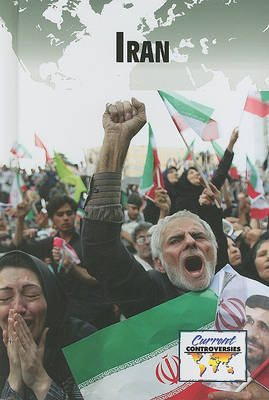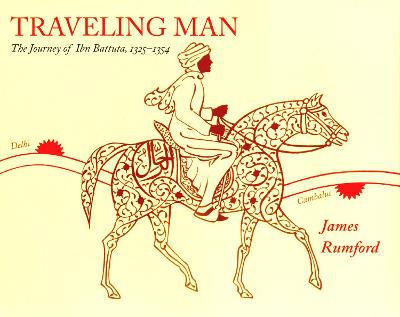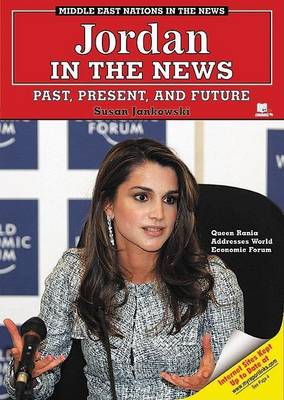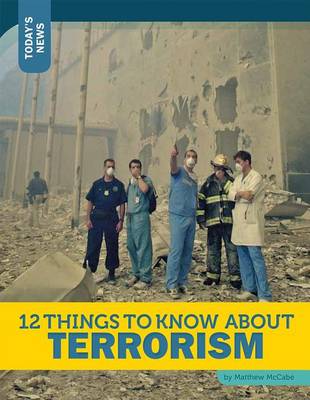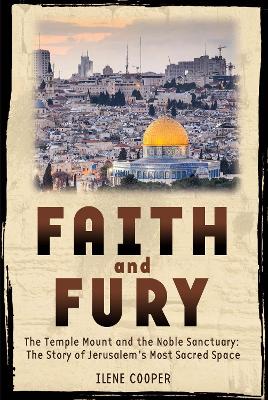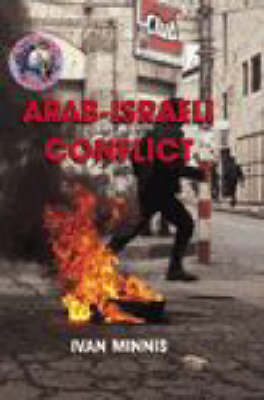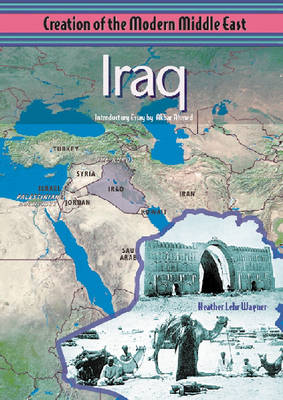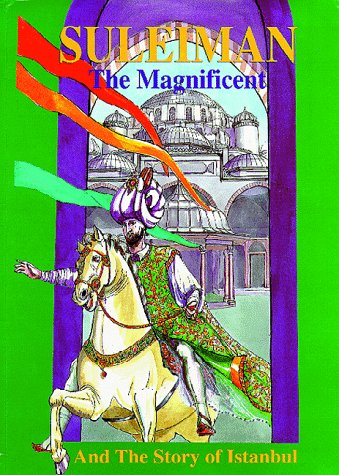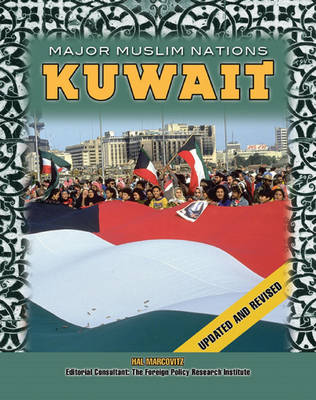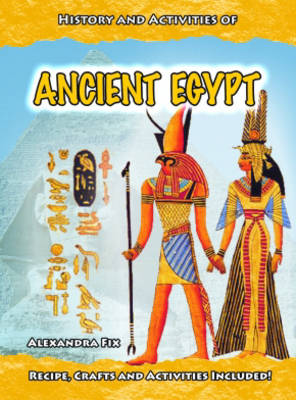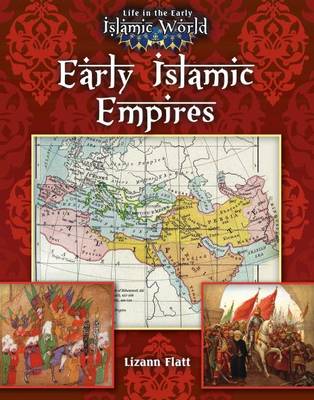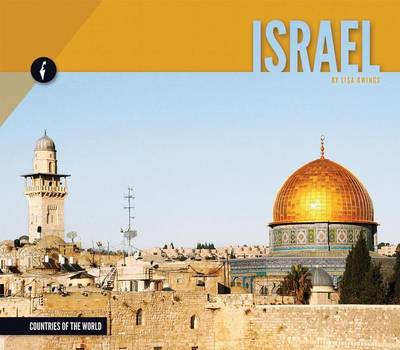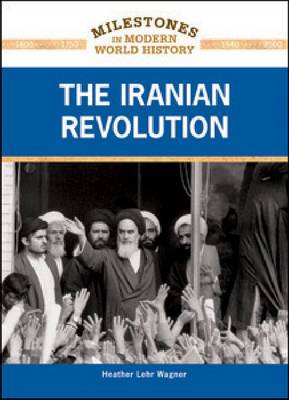Iran (Current Controversies (Library)) (Current Controversies (Paperback))
Styracosaurus Dinosaur Fun Fact for Kids (Fun Facts for Kids, #9)
by Fishing The Star
A Reader's Guide to Marjane Satrapi's Persepolis (Multicultural Literature)
by Heather Lee Schroeder
"An introduction to Marjane Satrapi's graphic novel Persepolis for high school students, which includes biographical background on the author, explanations of various literary devices and techniques, and literary criticism for the novice reader"--Provided by publisher.
Jordan in the News (Middle East Nations in the News)
by Susan Jankowski
12 Things to Know about Terrorism (Today's News)
by Matthew McCabe
Describes twelve aspect of terrorism, including the difficulty of defining it, its risks and effects, and different kinds of terrorists, and discusses the role of governments in causing, preventing, and dealing with it. This book describes twelve things to know about terrorism, including its history, goals, and effects.
Faith and Fury: The Story of Jerusalem's Temple Mount
by Ilene Cooper
Towering over the Old City of Jerusalem is a place where worlds meet, conflict arises, and history changes. Known to Jews as the Temple Mount, it was once the site of the great temples built by Solomon and Herod. To Muslims, it is the Noble Sanctuary and home to one of the most sacred buildings in the Muslim world, the Dome of the Rock. Venerated by Jews, Muslims, and Christians alike, it attracts pilgrims and tourists from around the world-and is the focus of the bitter and intractable conflict...
Arab-Israeli Conflict Paperback (Troubled World)
This new series provides a thorough account of 20th Century conflicts, whilst supplying more than just a straightforward narrative. Each book tackles a different conflict and examines the effect on ordinary people, provides biographies of the leading figures involved and examines media coverage. Includes: - photos and maps - timeline - glossary and index - other resources such as web sites, contact details of organisations, list of further reading.
The Rise of Nationalism (Making of the Middle East)
by Barry Rubin
Examines the growth of Islam during the first thousand years after the time of Muhammad, discussing the effect of this religion on the lives of its followers and on their science and technology up to the end of the sixteenth century.
Today Iraq is haunted by its legacy of hastily drawn borders in the aftermath of World War I and deteriorating relations with both its immediate neighbors and with the world.
Iran - The Land (Revised, Ed. 2) (Lands, Peoples & Cultures)
by Joanne Richter
Suleiman the Magnificent and the Story of Istanbul (Treasures from the East S.)
by Julia Marshall
Israel - The People (Revised, Ed. 2) (Lands Peoples and Cultures)
by Debbie Smith
Kuwait (Modern Middle East Nations & Their Strategic Place in the World S.) (Major Muslim Nations)
by Hal Marcovitz
Hands-On Ancient History: Ancient Egypt HB (Hands-on Ancient History)
by Alexandra Fit
Combining history and hands-on activities, this multicultural series is great for the library and classroom. The history section contains traditional history information, whilst the 'hands-on' section contains recipes, crafts and physical activities. It includes activities to develop critical thinking skills; maps and timeline to develop social studies; and, teacher notes to explain how to use the books in the classroom.
This fascinating book explores the growth and spread of Muslim peoples from the early 600s to the end of the Ottoman Empire. Early Islamic empires spread from the Middle East to the far corners of Asia and into Europe. The stories of the Umayyds, Abbasids, Al-Andalus, Fatimids, Crusades, Mongols, Safavids, and the Moghul and Ottoman empires are revealed. Key conquests and battles including the Crusades are detailed.
Israel (Countries of the World (Gareth Stevens))
by Lisa Owings
On January 16, 1979, the shah of Iran left the country he had ruled for more than 37 years. The streets of Tehran, Iran's capital, filled with celebration as the news spread that the hated monarchy had been overthrown. The revolution in Iran, led by Ayatollah Ruhollah Khomeini, was sparked by many factors, including a widening gap between the different classes of Iranian society, an aggressive campaign of modernization, an ambitious program of land reform, and the brutality of the shah's oppress...
